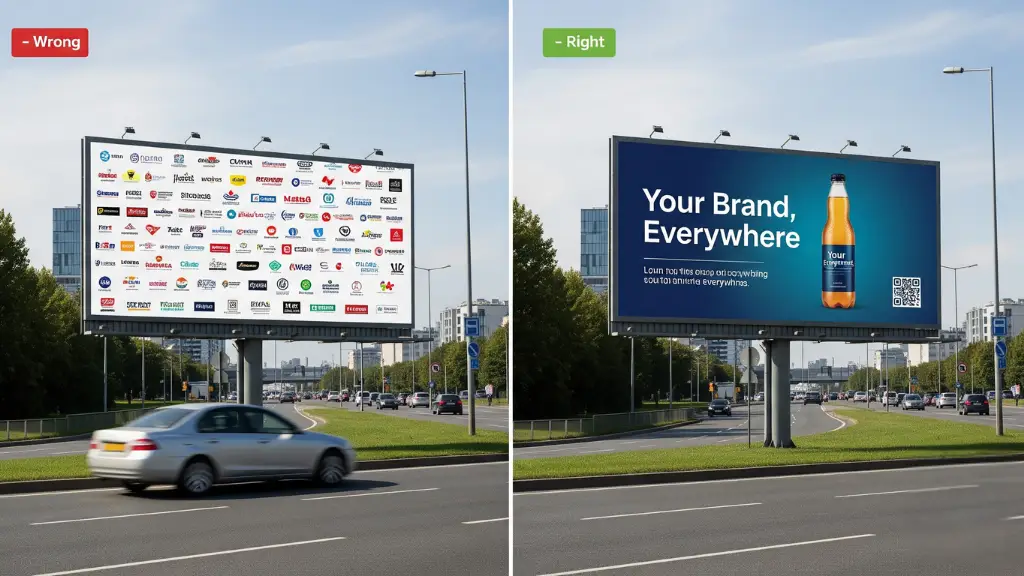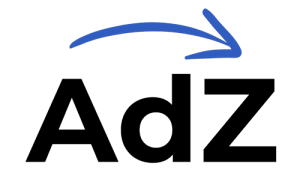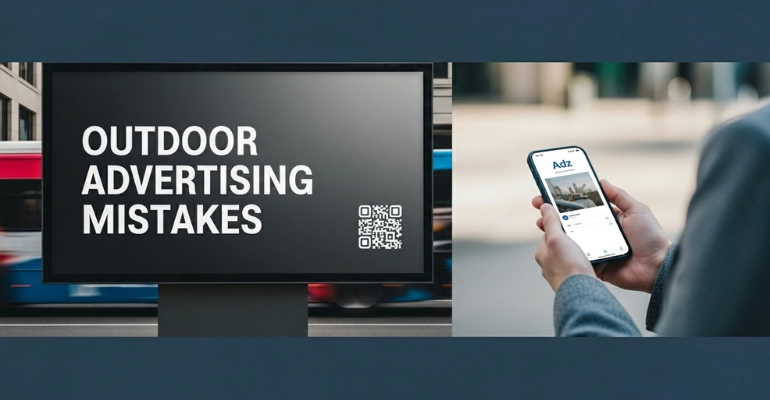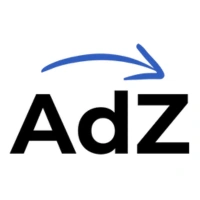Outdoor works brilliantly when it’s planned like a media-and-creative system, not just a poster. If you’re gearing up for your next OOH push, use this guide to dodge slip-ups that drain budgets.
1) Vague objectives and KPIs
“Brand awareness” is not enough. Define a measurable outcome—web visits, footfall, installs, or search lift—and a time window. Align your dashboard before launch so everyone knows what success looks like.
2) Wrong location and audience context
Chasing only “high-traffic” spots is a trap. Pick placements your audience actually passes, with clear viewing angles. Consider speed of traffic, sightlines, and lighting to maximize dwell and recall.
3) Overloaded creative and tiny text
OOH is a glance medium. Keep one core message, high contrast, and large typography. Use a single image, minimal words, and a bold call-to-action. If it can’t be read in three seconds, it won’t work.

4) Ignoring speed and dwell time
Design for the environment. Highway billboards need ultra-short copy; metro, malls, and transit shelters allow more detail. Match motion and loop length on DOOH to average dwell time.
5) No bridge to mobile
Don’t make people guess the next step. Use short URLs or branded QR codes. Ensure landing pages are fast, location-aware, and consistent with the creative.
6) Weak measurement and attribution
Plan how you’ll prove impact before you book media. Combine exposure models with directional signals like web lifts near screens, coupon redemptions, and store heatmaps. Benchmark recall; optimize mid-flight.
7) One-size-fits-all messaging
Resize and re-art direct for each format—bus wraps, autos, metro panels, and digital billboards need different hierarchies. Keep brand assets consistent; tailor offer, CTA, and cadence.
8) Skipping permits and timelines
Outdoor has real-world logistics. Factor in permissions, printing, mounting windows, and local regulations. For transit media, build in buffer time for fleet availability and route mapping.
9) Testing in the priciest sites first
Pilot in controlled, representative locations before you scale to premium inventory. Use learnings to refine creative, targeting, and budget split—then go big where it truly pays back.
10) Running offline in a silo
OOH performs best when it syncs with digital. Pair high-impact placements with retargeting, search, and In-App Advertising to convert attention into action. Treat OOH as a spark in a full-funnel plan, not a standalone stunt.
Quick checklist before you lock your OOH plan
- Outcome defined and KPI baselines captured
- Audience and route mapping validated
- Creative passes the 3-second read test
- CTA bridges to mobile with a fast landing page
- Measurement plan and mid-flight optimization rules set
- Permits, print specs, and lead times confirmed
- Budget split for test, learnings, and scale

How a Brand Tech AI platform levels this up
Modern outdoor thrives when data guides each step. With an AI-first stack, you can forecast audience flow, auto-check creative readability, and pick placements that mirror your best routes. You can also sync DOOH triggers with weather, time, and context to serve the right message at the right moment—true advertising using AI platform principles.
Launch smarter with AdzBasket
AdzBasket’s Brand Tech AI platform unifies OOH & DOOH Advertising and In-App into one dashboard—so you can plan routes, select formats (billboards, metro, autos, buses), discover premium inventory, and run retargeting in mobile apps without juggling vendors. Get AI recommendations on suitable apps, formats, and screens, manage permissions and timelines, and track outcomes from impressions to installs—all in one place. Start your next outdoor or in-app campaign on AdzBasket today and confidently turn every glance into measurable growth.


